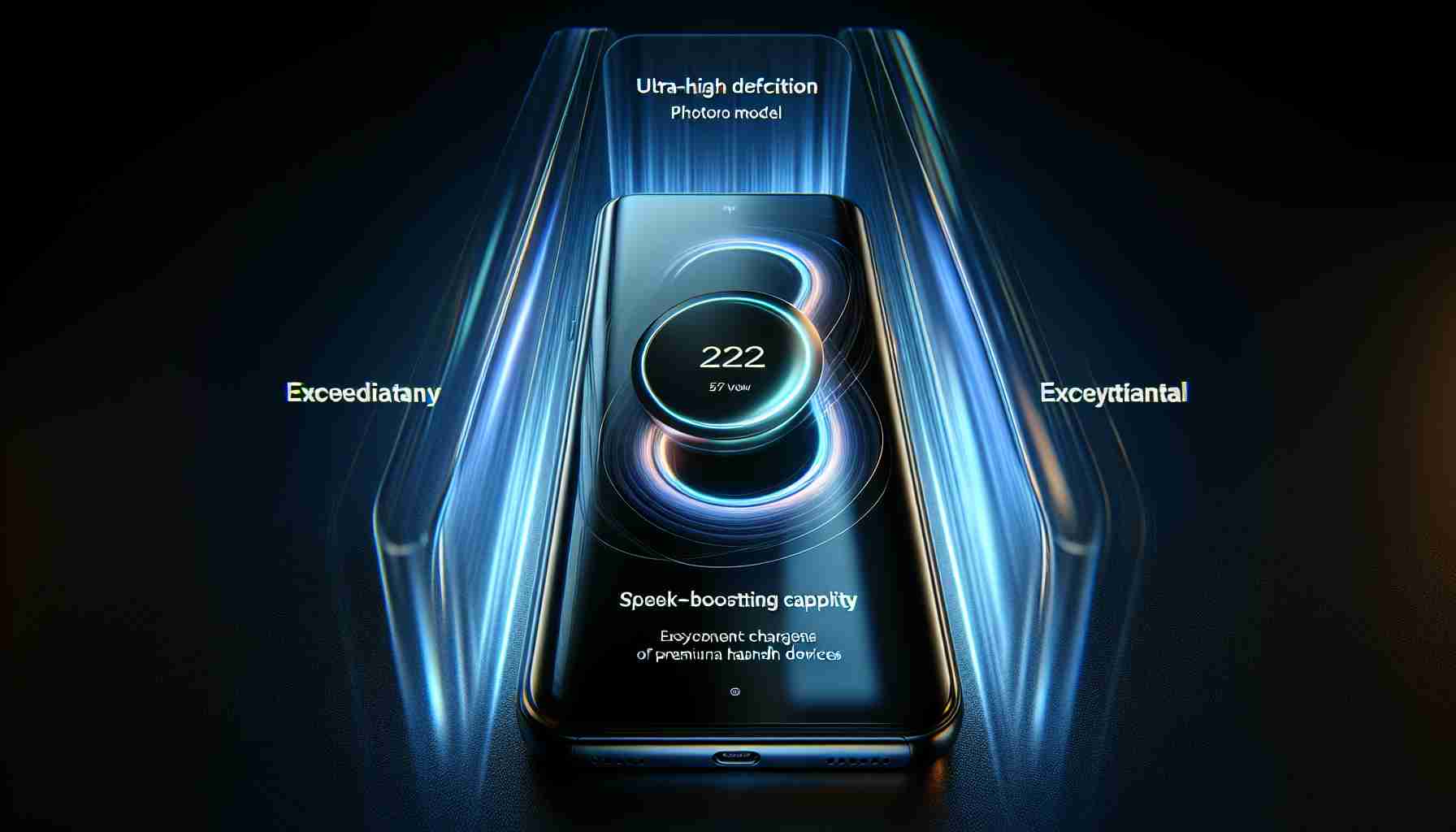Samsung Reinvents Charging Experience for Galaxy Phones
The competitive landscape of smartphone technology constantly evolves, and Samsung, a notable player in this field, is introducing improvements to keep pace with the competition. The brand is known for integrating substantial battery capacity within its devices. Now, Samsung is taking a stride forward by enhancing the charging efficiency of its Galaxy series.
2024 will witness the debut of a new 45W charging standard on a selection of Samsung Galaxy phones. This development means that Galaxy users will experience much faster charging times, a feature anticipated to be attractive to many consumers who value speed and efficiency in their daily tech use.
The array of models slated to incorporate this rapid charging functionality are:
– Galaxy S24+
– Galaxy S24 Ultra
– Galaxy M55
– Galaxy C55
– Galaxy F55
However, Samsung’s customers are still awaiting confirmation on whether the forthcoming foldable Galaxy Z Fold 6 and Galaxy Z Flip 6 will also include the 45W fast-charging ability.
A noteworthy point for potential buyers is that they will need to purchase the 45W charger separately. As this charger does not come bundled with the new devices, users must prepare for this extra acquisition to take full advantage of the improved charging speed. This practice reflects an industry-wide shift where the sale of chargers is becoming an independent transaction from that of the smartphones.
Why the Move Towards Faster Charging?
Samsung’s enhancement of their charging technology is a strategic move to stay competitive, particularly against Chinese brands that emphasize speedy charging as a major selling point. Samsung is ensuring it does not fall behind in offering features that appeal to users on the go.
Although the improvement brings about several benefits like reduced charging time and a better overall user experience, challenges emerge relating to the long-term health of the battery under fast charging conditions. Additionally, the need to invest in a separate charger may not sit well with every consumer, posing a potential hurdle for sales.
Despite the mixed implications, Samsung’s commitment to innovating their Galaxy line remains clear — with the aim of offering an ecosystem that effectively meets the demands of modern smartphone users.
Advantages of 45W Fast Charging
The primary advantage of Samsung’s move to 45W fast charging is the significant reduction in charging times which allows users to quickly top up their phones, making it especially useful for those with busy lifestyles or who frequently use their devices on the go. Additionally, faster charging can be particularly helpful in situations where access to a power outlet is limited or when time is of the essence.
Another advantage is the marketing appeal of fast charging capabilities, as it positions Samsung as keeping up with or even surpassing the competition, fostering a modern, high-tech brand image. This could potentially lead to increased sales among tech enthusiasts and power users who prioritize cutting-edge features.
Challenges and Controversies
One key challenge associated with fast charging technology is the potential impact on battery health over time. Fast charging can lead to increased heat, which can stress the battery and possibly shorten its lifespan. Furthermore, there is the issue that users need to purchase the 45W charger separately, which might be seen as an inconvenience or an added cost by some customers.
Controversy often arises concerning the environmental impact of separately selling chargers. Some argue that not including chargers with new smartphones can help to reduce electronic waste, whereas others see it as a cost-cutting measure for companies, putting the financial and environmental burden on consumers.
Related Questions
– Will the new Galaxy phones support wireless charging, and at what wattage?
– How does the 45W charging speed compare to the fastest charging options available in the market?
– Are there any engineering advancements that have been made to ensure that fast charging does not adversely affect battery health?
Advantages and Disadvantages Summary
Advantages:
– Reduced charging time for user convenience.
– Competitive edge in the smartphone market.
– Potential increase in sales due to technological advancements.
Disadvantages:
– Additional cost for consumers to purchase the charger.
– Potential negative impact on battery health due to increased charging speed.
– Possible environmental concerns related to the sale of separate chargers.
If readers wish to explore more about Samsung and its range of products, they can visit Samsung’s official website at Samsung.com.
The source of the article is from the blog elblog.pl
